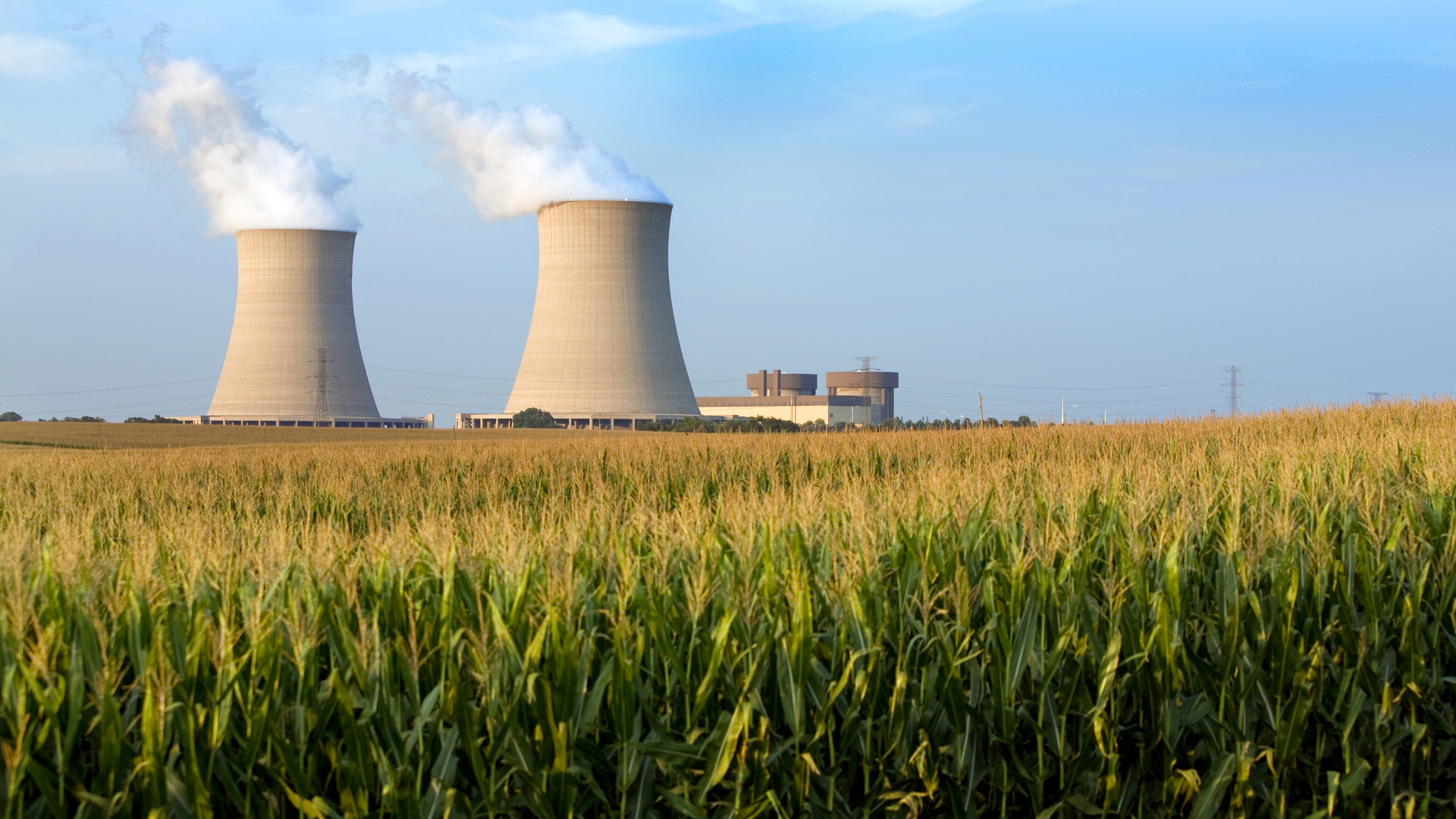Agreed BG. I guess my comment is that that longest journey starts with the first step.
All the movement in the latest IRA bill and California ICE ban and Mass climate bills is just a start. It is just as far as we can see in the crystal ball. As big as some of the changes and projections for EVs and solar are... they are just the first big step.
We will not be 100% EVs on the road in 2032... the projection says we might be a bit over 50% of new cars, and a bit under 50% of used cars, and maybe 20-25% of cars on the road.
Similarly, if we build out an amazing 700 GW of new solar as projected over the next 8-10 years, that is not a plan for some pie in the sky '100% renewable' grid (with all its diurnal and seasonal storage issues), it just gets solar up to the level nukes or coal have today (about 20% of energy). Or where solar is in California today. Even if US wind went from 10% (today) to 20% of energy at the same time.... the grid would still be 30-40% fossil fired.
The transition, as in the OP of this necro-thread, will be SLOW. We don't what twists and turns it will take along the way, or when we will get to the end. And all the recent policy moves being discussed are just the START of that slow ramp.
All the movement in the latest IRA bill and California ICE ban and Mass climate bills is just a start. It is just as far as we can see in the crystal ball. As big as some of the changes and projections for EVs and solar are... they are just the first big step.
We will not be 100% EVs on the road in 2032... the projection says we might be a bit over 50% of new cars, and a bit under 50% of used cars, and maybe 20-25% of cars on the road.
Similarly, if we build out an amazing 700 GW of new solar as projected over the next 8-10 years, that is not a plan for some pie in the sky '100% renewable' grid (with all its diurnal and seasonal storage issues), it just gets solar up to the level nukes or coal have today (about 20% of energy). Or where solar is in California today. Even if US wind went from 10% (today) to 20% of energy at the same time.... the grid would still be 30-40% fossil fired.
The transition, as in the OP of this necro-thread, will be SLOW. We don't what twists and turns it will take along the way, or when we will get to the end. And all the recent policy moves being discussed are just the START of that slow ramp.
Last edited:




